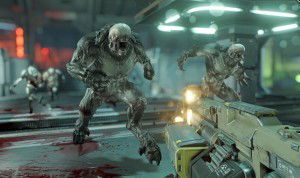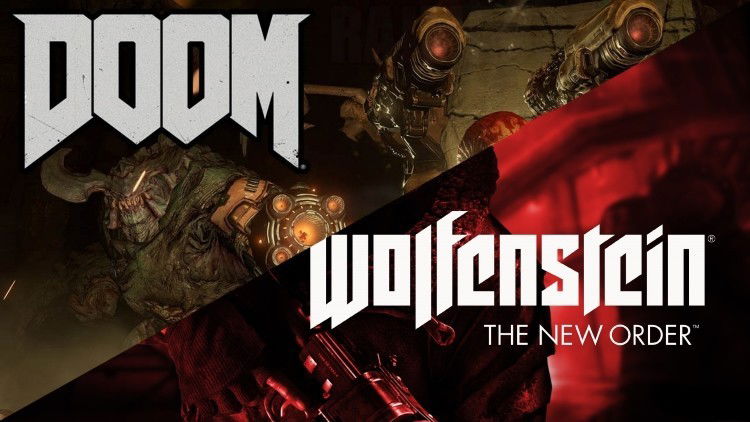Ever since DOOM or DOOM 4 or DOOM 2016, whatever you wanna call it, was released I kept hearing or seeing people talking about how well it runs on their PC. However played the game myself as well as beaten it (going for Ultra Nightmare now), I can attest to how well the game runs. However I’ve also seen people compare its performance to several other similar games from Bethesda and company, mainly Wolfenstein: The New Order and its follow-up, Wolfenstein: The Old Blood. So what exactly is different between these two games? Don’t they run on the same game engine?

Obviously, Bethesda took all of these issues along with the concerns from not only the PC gaming community but also from their own development team and decided that during the initial development of DOOM 4, to change gears. The early build of DOOM 4 was utilizing the ID Tech 5 game engine, however during 2012, the development was restarted, using the codebase of the ID Tech 5 engine but major changes to it that would alleviate the concerns that were noted with ID Tech 5. It was also during this time that ID Software had brought onboard Tiago Sousa, who previously was the Lead R&D Graphics Engineer and former Graphics Software Engineer at Crytek, who also had a pretty top-notch game engine called the “CryEngine”. With the onboarding of Tiago Sousa, ID Software and Bethesda began working on a new development cycle for DOOM 4.
The main features of the ID Tech 6 engine still featured the “Mega Textures” from ID Tech 5, as well as dynamic lighting, unlocked frame rate and the much 
I’ve tested this on my end on several computers that ranged from high-end to mid-range, to which I was able to max the game settings out on an Intel i7-5820k + GTX 980 Ti running at 3440×1440 to the mid-range that is still rocking an AMD Phenom II X 945 (heavily overclocked) + GTX 970 running at both 1920×1080 and 2560×1440 on a mixture medium / high settings. Both machines were easily able to maintain 60FPS, which really impressive on both ends of the spectrum.
So there you have it. The next time you wonder why DOOM runs so much better than Wolfenstein or even The Evil Within, there’s a bit of a history lesson there. That said, much props and appreciation to both ID Software and Bethesda for not settling for a gimped version of the ID Tech engine and more importantly, a very well optimization reboot of a familiar and favorite shooter, DOOM 4.
Don’t forget to check out our review of DOOM 4, which you can check out here, as well as an impression piece, here.


